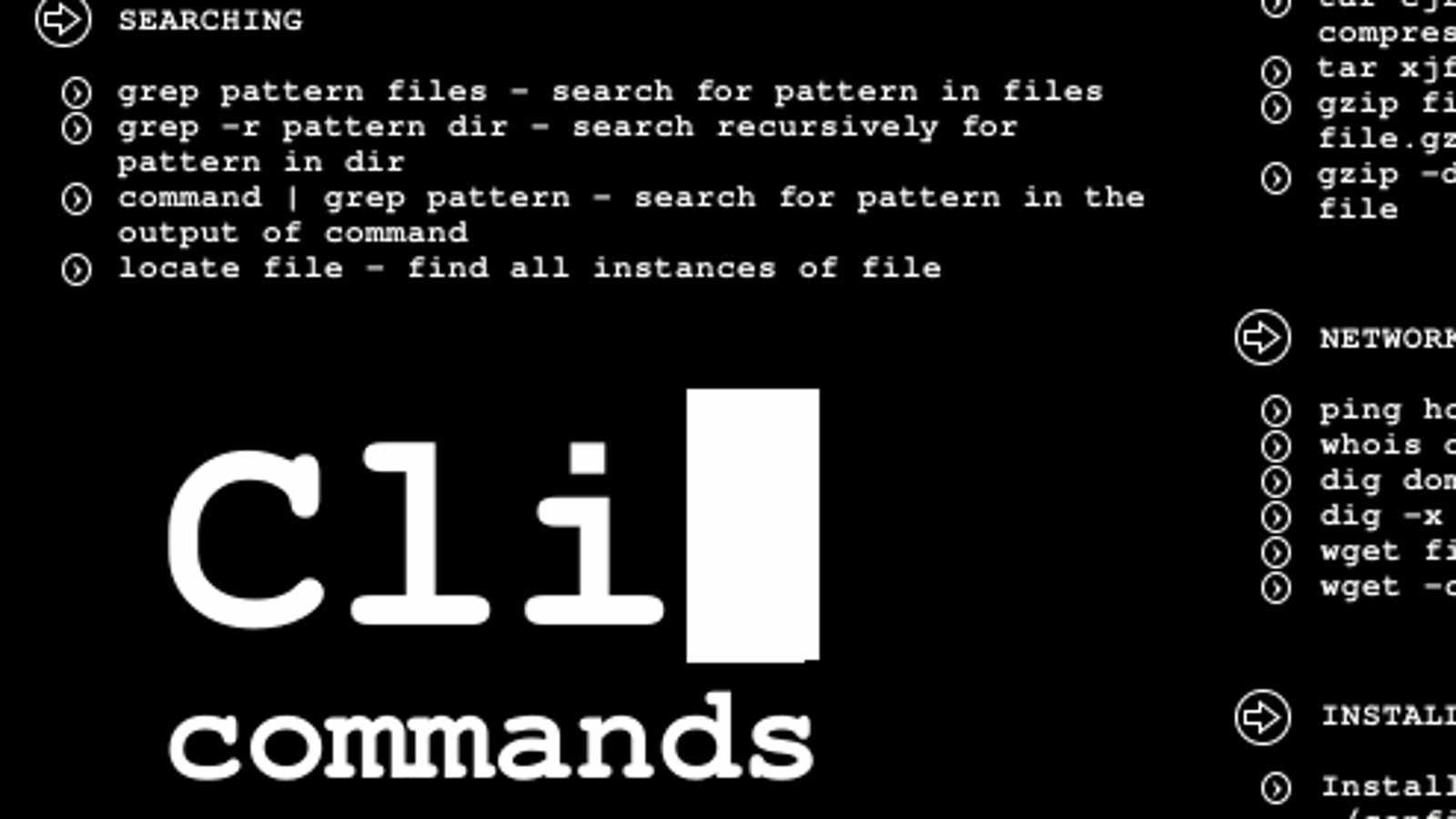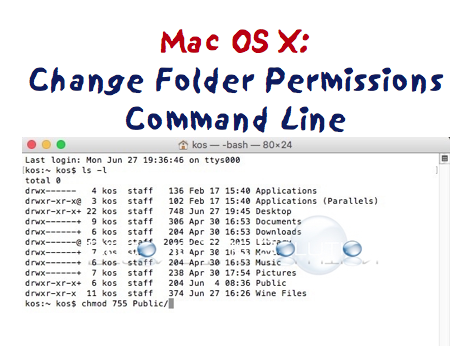

- #COMMAND LINE FOR MAC DIRECTORY HOW TO#
- #COMMAND LINE FOR MAC DIRECTORY INSTALL#
- #COMMAND LINE FOR MAC DIRECTORY PORTABLE#
- #COMMAND LINE FOR MAC DIRECTORY WINDOWS#
Type in the following command: ditto -V /original/folder/ /new/folder/. Copying contents from one place to another is fairly easy with Terminal. You can instantly see where users’ data is taking up the most space. Copy contents from one folder to another. … and run it as the logged-in console user (running as root will have the effect of looking at root’s home folder!). Send the following Unix command to client machines: This command can also be handy in Apple Remote Desktop for looking at disk usage within user folders on client machines. This is especially helpful for getting sizes for folders that the Finder normally ignores (etc, bin, private, etc.). In this case, the “x” instructs the system not to traverse file system mount points (so /Volumes is skipped), the “h” expresses results in human readable format (G for gigabytes, M for megabytes, K for kilobytes, B for bytes, etc.), and the “d -1” argument instructs the operation to only look to a depth of 1 folder (so child folders are not shown). So navigate to the hard drive’s root folder and run this command: It is an excellent command to run if the currently logged in user does not have sufficient read permissions to view the used space on the directory in the Finder.īy default it runs on the current directory.
#COMMAND LINE FOR MAC DIRECTORY PORTABLE#
Not directly through the command line, but VS Code has a Portable Mode, which lets you keep settings and data in the same location as your installation, for example, on a USB drive.Here’s a lovely command for figuring out how much disk space each folder on a drive consumes. Can I specify the settings location for VS Code in order to have a portable version? VS Code has an Integrated Terminal where you can run command-line tools from within VS Code. How do I get access to a command line (terminal) from within VS Code? Consult the macOS specific setup topic for details.
#COMMAND LINE FOR MAC DIRECTORY INSTALL#
On macOS, you need to manually run the Shell Command: Install 'code' command in PATH command (available through the Command Palette ⇧⌘P (Windows, Linux Ctrl+Shift+P)).
#COMMAND LINE FOR MAC DIRECTORY WINDOWS#
If code is still not found, consult the platform-specific setup topics for Windows and Linux. Try uninstalling and reinstalling VS Code. The VS Code Windows and Linux installations should have installed VS Code on your path. Your OS cannot find the VS Code binary code on its path.

Integrated Terminal - Run command-line tools from inside VS Code.Note: If you are using VS Code Insiders builds, the URL prefix is vscode-insiders://.

Opens a new session of VS Code instead of restoring the previous session (default).įorces opening a file or folder in the last active window. Print VS Code version (for example, 1.22.2), GitHub commit ID, and architecture (for example, 圆4). Here are optional arguments you can use when starting VS Code at the command line via code: Argument Here’s how it works in practice: Launch Terminal from your Utilities folder in Applications. Removing files from your Mac forever using Terminal is deceptively simple: just use the rm command followed by the name of the file.
#COMMAND LINE FOR MAC DIRECTORY HOW TO#
Insiders: If you are using the VS Code Insiders preview, you launch your Insiders build with code-insiders. How to use delete file command line feature. To review platform-specific setup instructions, see Setup. For example, on Windows, VS Code is installed under AppData\Local\Programs\Microsoft VS Code\bin. If this isn't the case, you can manually add the location to the Path environment variable ( $PATH on Linux). Windows and Linux installations should add the VS Code binaries location to your system path. Note: Users on macOS must first run a command ( Shell Command: Install 'code' command in PATH) to add VS Code executable to the PATH environment variable. To do this, from an open terminal or command prompt, navigate to your project folder and type code. Typically, you open VS Code within the context of a folder. You can launch VS Code from the command line to quickly open a file, folder, or project. You will see the version, usage example, and list of command line options. To get an overview of the VS Code command-line interface, open a terminal or command prompt and type code -help. If you are looking for how to run command-line tools inside VS Code, see the Integrated Terminal. You can open files, install extensions, change the display language, and output diagnostics through command-line options (switches).

Visual Studio Code has a powerful command-line interface built-in that lets you control how you launch the editor. Configure IntelliSense for cross-compiling.


 0 kommentar(er)
0 kommentar(er)
